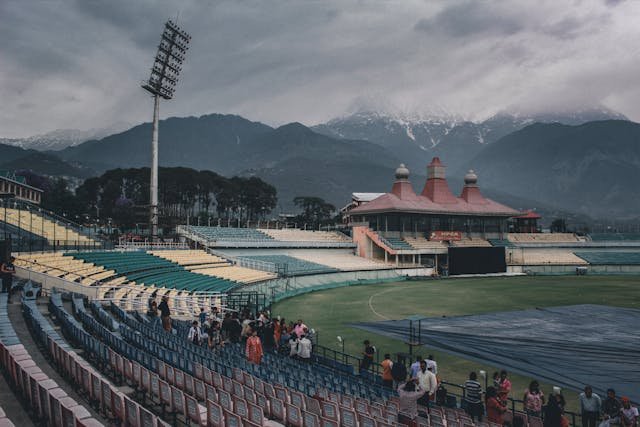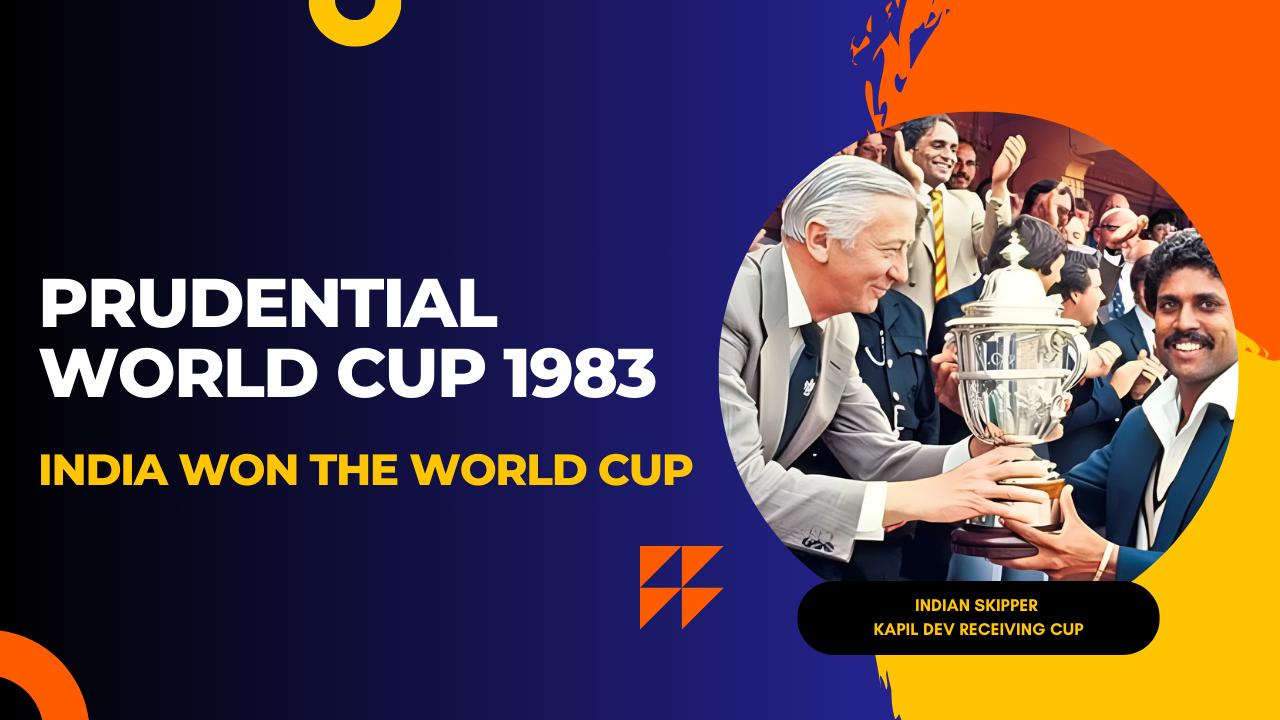Contents
ODI – One Day International (odi full form in cricket in Cricket)
ODI: Unveiling the Full Form and Fascinating World of One-Day Internationals in Cricket
Dominate your cricket conversations and trivia nights! Ever heard cricket enthusiasts talk about ODIs but weren’t sure what it meant? You’re not alone. This comprehensive guide unveils the full form of ODI in cricket and throws you headfirst into the exciting world of One-Day Internationals.
What Does ODI Stand For?
ODI stands for One-Day International. It’s a limited-overs format of cricket, meaning each team gets a set number of overs (currently 50) to bat. Compared to Test matches that can stretch over five days, ODIs offer a quicker, more action-packed cricketing experience, making them a favorite among fans worldwide.
Key Characteristics of ODI Cricket:
- Fast-Paced Action: With a fixed number of overs, every ball becomes crucial. Batsmen focus on scoring runs quickly, leading to thrilling sixes and boundaries, keeping fans on the edge of their seats.
- Strategic Battles: While batsmen aim for big scores, bowlers devise clever plans to restrict them. Captains play a pivotal role in setting bowling strategies and field placements to outwit the opposition.
- High-Pressure Environment: Every run counts in ODIs. The close finishes and nail-biting chases create an electrifying atmosphere, making them perfect for those who love a good cricketing drama.
Why are ODIs Popular?
- Accessibility: The shorter format makes ODIs more accessible to a wider audience compared to time-consuming Test matches. Fans can enjoy a complete cricketing experience within a single day.
- Unpredictability: The limited overs and emphasis on quick scoring can lead to dramatic turnarounds in fortunes. Any team can pull off a surprise victory, keeping the suspense high throughout the match.
- Star Power: ODIs often feature the biggest names in cricket, showcasing their batting prowess, bowling brilliance, and exceptional fielding skills.
Beyond the Basics: Exploring the ODI World Cup
The pinnacle of ODI cricket is undoubtedly the ICC Cricket World Cup, held every four years. This prestigious tournament brings together the best national teams, battling it out for ultimate ODI glory. The World Cup is a spectacle of skill, strategy, and national pride, attracting a global audience and creating unforgettable cricketing memories.
Master the Lingo: Enhance Your Cricket Knowledge
Knowing the full form of ODI is just the first step! Familiarize yourself with other commonly used terms in ODI cricket, like:
- Innings: Each team’s turn to bat.
- Overs: A set of six balls bowled by one bowler.
- Wickets: Dismissal of a batsman.
- Bowler: The player who bowls the ball.
- Batsman: The player who hits the ball with the bat.
Become an ODI Expert!
By understanding the full form of ODI, its key characteristics, and its significance in the cricketing world, you’re well on your way to becoming an ODI enthusiast. So, the next time you hear someone mention ODIs, you’ll be ready to delve into the conversation with confidence and maybe even impress your friends with your newfound cricket knowledge!
 One-Day Internationals (ODIs) have become a beloved format in cricket, offering a thrilling and action-packed experience for fans worldwide. But when did this exciting format actually begin, and what factors led to its creation?
One-Day Internationals (ODIs) have become a beloved format in cricket, offering a thrilling and action-packed experience for fans worldwide. But when did this exciting format actually begin, and what factors led to its creation?
A New Era Dawns: The Early 1970s
The official birth of ODI cricket can be traced back to early 1971. With the third Test match between Australia and England at the Melbourne Cricket Ground facing a washout due to rain, officials decided to experiment with a new format to salvage the occasion. This one-off game, played with 40 eight-ball overs per side and featuring teams in white clothing with a red ball, marked the historic debut of ODI cricket.




